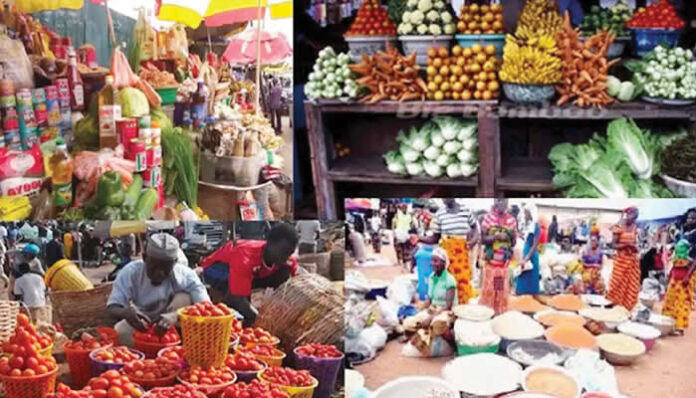In September 2025, Nigeria’s economy experienced relief as the National Bureau of Statistics (NBS) verified a notable drop in food costs. indicating the first month-on-month food deflation in almost 13 years.
The most significant decrease in recent times, headline inflation fell from 20.12 percent in August to 18.02 percent, according to the most recent Consumer Price Index (CPI). The month-on-month food index showed a negative 1.57 percent, implying food prices actually dropped, while the food inflation rate also sharply dropped to 16.87 percent. Within a month: the first instance since February 2012.
Seasonal harvest patterns, statistical base effects, and the NBS’s recent rebasing of its inflation basket to better reflect actual consumption trends all have contributed to the fall. Particularly in the northern and middle-belt areas, the harvest season increased the availability of foods including rice, yam, maize, and veggies, therefore alleviating market pressures.
The News Chronicle observed that local market surveys carried out in Lagos, Kano, and Enugu showed significant drops in key food prices. Selling for an average of ₦60,000 in September, down from ₦80,000 in August, a large bag of pepper fell by as much as 25%. Early in October, some traders claim prices dropped even more to about ₦45,000. Likewise, a 50 kg bag of local rice fell by about 10%, averaging now ₦65,000; some markets showed further declines to ₦57,000. With a 12.5% reduction, mackerel fish became more reasonably priced at about ₦6,000 per kilogram.
Although consumers were pleased with the short-term price relief, experts caution that the improvement could be fleeting. Constant problems like large energy and transportation expenses, foreign currency fluctuations, and weak logistics continue to be major threats to price stability. Still forecasting Nigeria’s yearly inflation to hover around 23 percent for 2025, the International Monetary Fund (IMF) projects.
Still, the September data mark a turning point in Nigeria’s inflation path. They emphasize how greater food supply networks and continuous agricultural production could alleviate the country’s inflationary burden and stabilize consumer prices in the months ahead.



